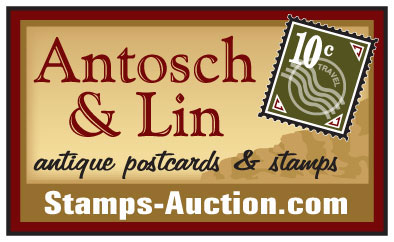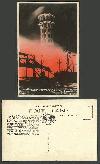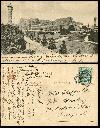
Enter eBay Number:
Advanced Search
Register /
Password Lost?
 Newly added items Newly added items
By Country
 Africa Africa
 Asia Asia
 Caribbean Caribbean
 Central America Central America
 Europe Europe
 Great Britain Great Britain
 Middle East Middle East
 North America North America
 Oceania Oceania
 South America South America
 Thematics Thematics
By Type
 Postcards Postcards
 Stamps Stamps
 Covers Covers
 Postal Stationery Postal Stationery
 FDCs FDCs
 All Types All Types
 eBay Shop eBay Shop
 Contact us Contact us
 Payment & Postage Payment & Postage
 Postage Combiner Tool Postage Combiner Tool
 Email Alert Email Alert
|
|
Postcards > Europe > Great Britain > England > London > Crystal Palace  Click here for Crystal Palace Email Alert Click here for Crystal Palace Email Alert
 | Item 168536
London Crystal Palace Sydenham Destroyed Completely by Fire in 1936 Old Postcard
Vintage Old Postcard. Disaster Disasters. London, Souvenir of The Crystal Palace. Destroyed by Fire Nov. 30th 1936. This monumental edifice of glass and iron, one of the great sights of London, was completely destroyed by fire on Monday, November 30th 1936. Flames were visible over 27 miles away and all London's Fire Brigades were mobilised to fight the fire. It was erected at Sydenham in 1854 and opened by Queen Victoria. It consisted of a long and lofty nave intersected by three transepts of which the central was 384 feet long. 120 feet wide and 168 feet high. Its total cost was £1,500,000 and was secured for the nation in 1913. Its fine gardens occupy 200 acres. The Crystal Palace was a cast-iron and plate-glass building originally erected in Hyde Park, London, England, to house the Great Exhibition of 1851. Designed by Sir Joseph Paxton, the Great Exhibition building was 1,851 feet (564 m) long, with an interior height of 128 feet (39 m). Because of the recent invention of the cast plate glass method in 1848, which allowed for large sheets of cheap but strong glass, it was at the time the largest amount of glass ever seen in a building and astonished visitors with its clear walls and ceilings that did not require interior lights, thus a "Crystal Palace".
Published by Valentine's Real Photograph| Price: | £14.99 | €19.49 | US$20.54 |
|  | Item 144533
London 1904 Old Tuck's Postcard THE CRYSTAL PALACE Designed by Sir Joseph Paxton
Vintage Tuck's View Postcard. The Crystal Palace. London. Park, Gardens. Towers. Panorama. Sent from London to Liverpool. KEVII 1/2d
The Crystal Palace was a cast-iron and plate-glass building originally erected in Hyde Park, London, England, to house the Great Exhibition of 1851. Designed by Sir Joseph Paxton, the Great Exhibition building was 1,851 feet (564 m) long, with an interior height of 128 feet (39 m). Because of the recent invention of the cast plate glass method in 1848, which allowed for large sheets of cheap but strong glass, it was at the time the largest amount of glass ever seen in a building and astonished visitors with its clear walls and ceilings that did not require interior lights, thus a "Crystal Palace".
Published by Raphael Tuck & Sons View Series
|
|

